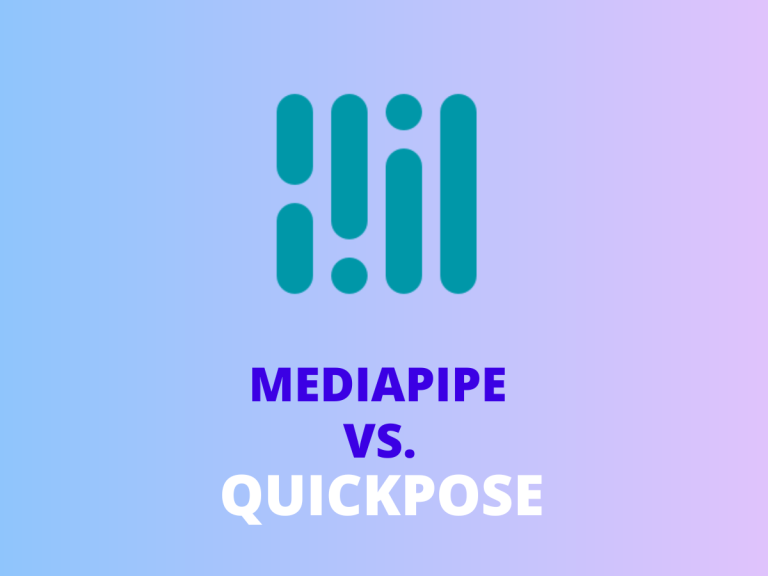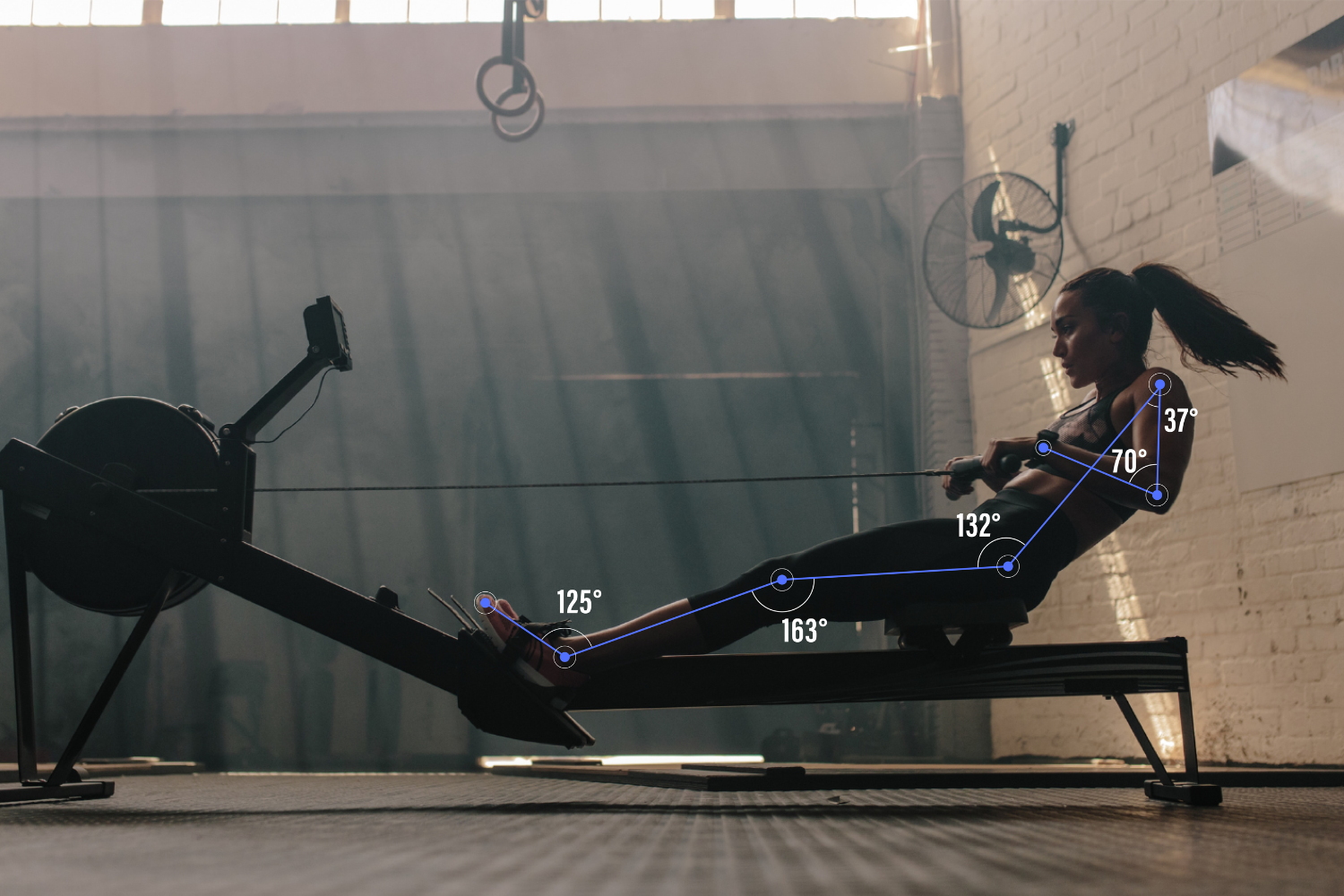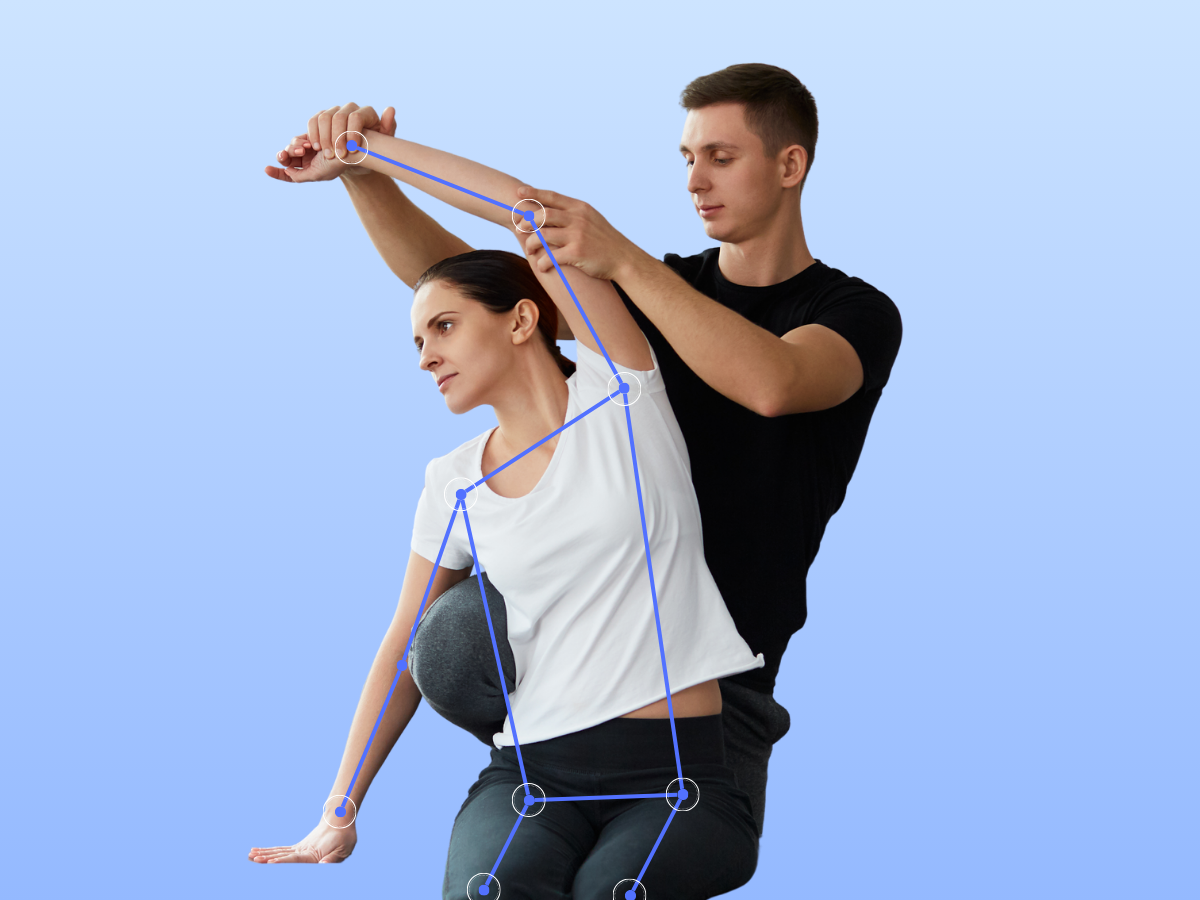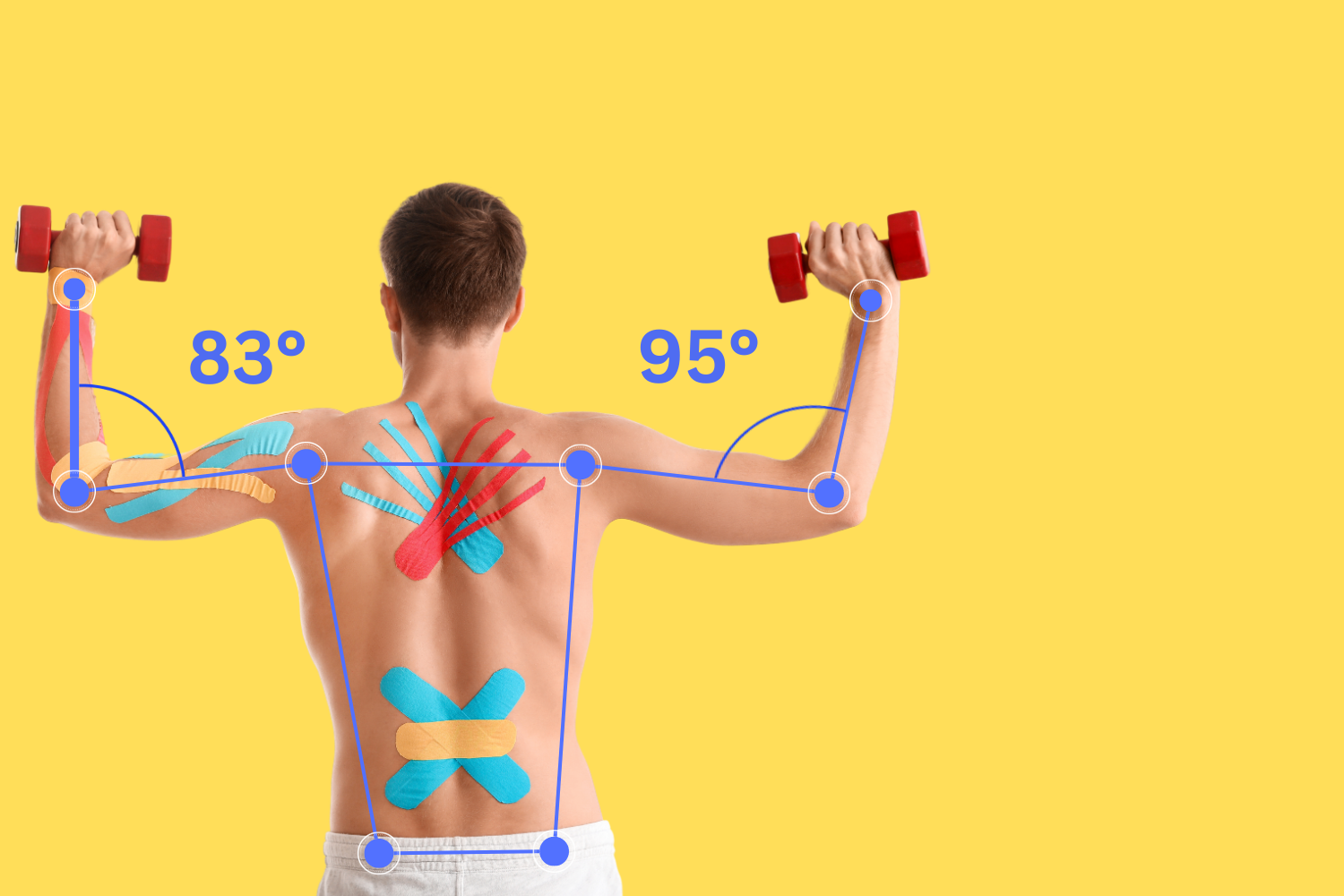MediaPipe Vs OpenCV: A Comparison of Pose Estimation Tools
MediaPipe and OpenCV are key players in computer vision. MediaPipe, by Google, shines in VR, AR, human-computer interaction, and sign language recognition. It’s great for real-time applications like hand tracking and face detection, thanks to its efficient machine learning pipelines.
OpenCV is the go-to for image processing and manipulation, supporting a wide range of applications including motion tracking and pose estimation. It works across platforms like Windows, Linux, and macOS, making it versatile for handling video streams.
In summary, MediaPipe excels in quick, real-time machine learning tasks for live media, while OpenCV offers a broad toolkit for image-based computer vision projects. Both bring valuable tools to the table for anyone working in computer vision.
Key Features of MediaPipe and OpenCV:
Feature | MediaPipe | OpenCV |
Primary Focus | High accuracy, real-time performance, pre-built models. | Computer vision and image processing |
Developed by | Community project (originally Intel) | |
Release Date | 2019 | 2000 |
Programming Languages | C++, Python (with limited support) | C++, Python, Java, and more |
Key Features | Pre-built ML solutions for various tasks (e.g., face detection, hand tracking) | Comprehensive set of computer vision functions (e.g., image transformations, object detection) |
Platforms | Cross-platform (mobile, desktop, web) | Cross-platform (mobile, desktop, web) |
Community & Support | Growing community, with support mainly from Google and GitHub issues | Large and well-established community, extensive documentation, and many tutorials |
Use Cases | Real-time applications, augmented reality, gesture recognition | Image processing, computer vision research, real-time applications, machine learning |
Performance | Optimised for real-time applications on both mobile and desktop | Highly optimised, with support for multi-core processing and hardware acceleration |
Extensibility | Customisable pipelines, but more limited compared to OpenCV | Highly customisable and extensible with support for third-party plugins and algorithms |
- MediaPipe, by Google, offers basic pose estimation but requires significant user processing.
- QuickPose enhances MediaPipe with pre-built features, simplifying app development.
Need help building an AI project?
At QuickPose, our mission is to build smart Pose Estimation Solutions that elevate your product. Schedule a free consultation with us to discuss your project.
Effortlessly Integrate Pose Estimation into Your Mobile Apps with QuickPose
Accurate Pose Estimation
Customisable Output
Fast Processing
Scalable
Pre Built Models
Open-Source Framework
Add our QuickPose iOS SDK into your app in two ways
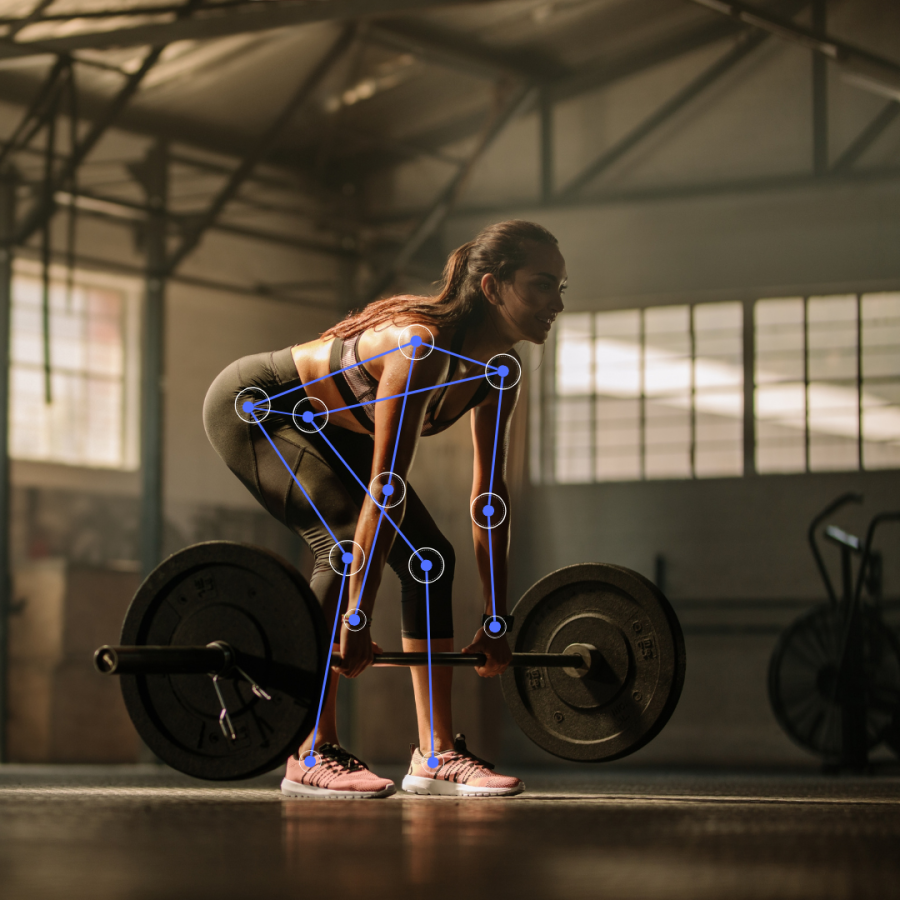
How QuickPose can be used
Build yourself with our GitHub Repo
Integrate QuickPose using our GitHub Repository and our documentation.
Add QuickPose with our Integration Team
Book a consultation to discuss your use case and capabilities.
